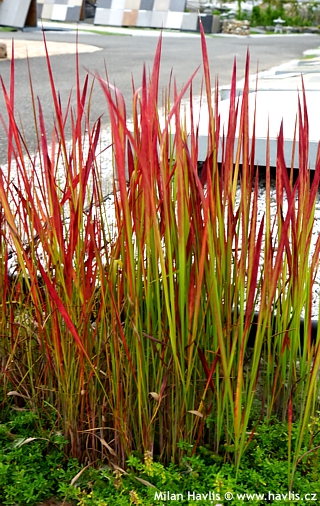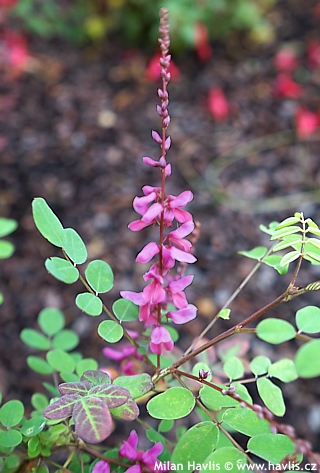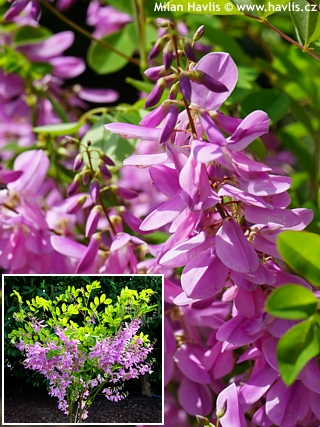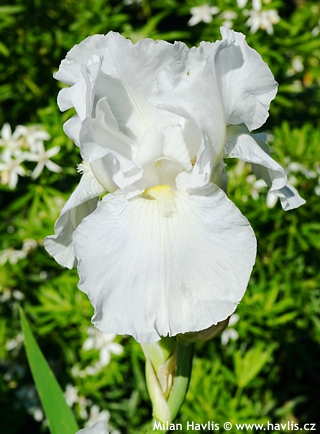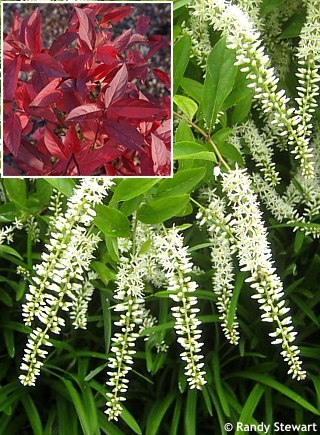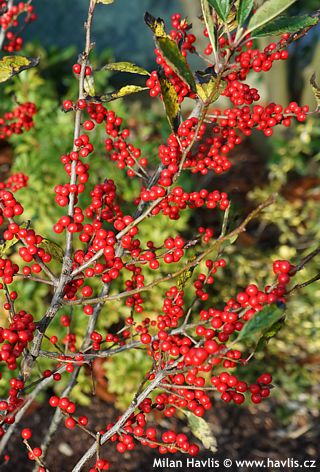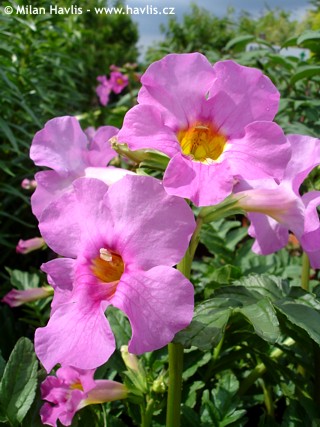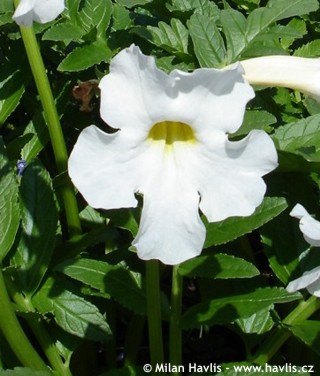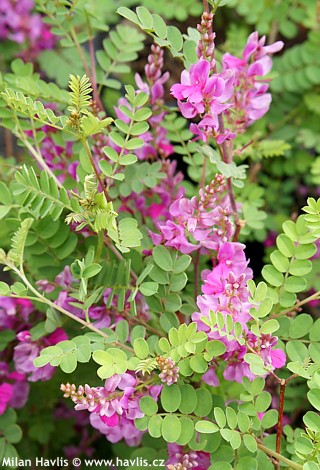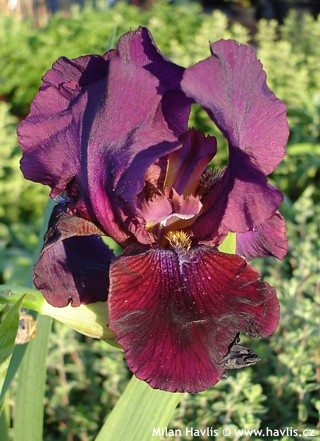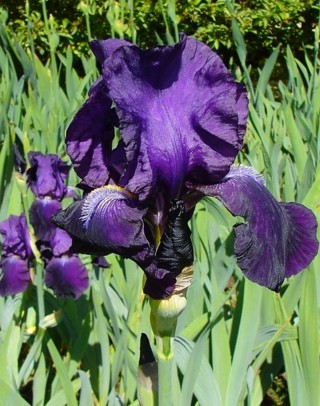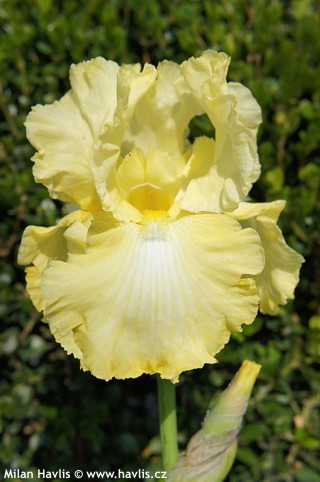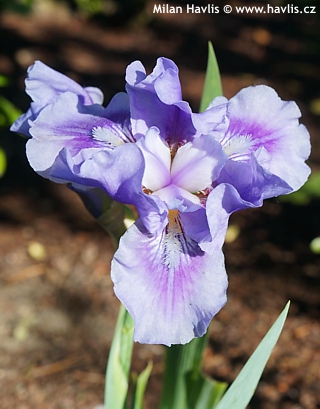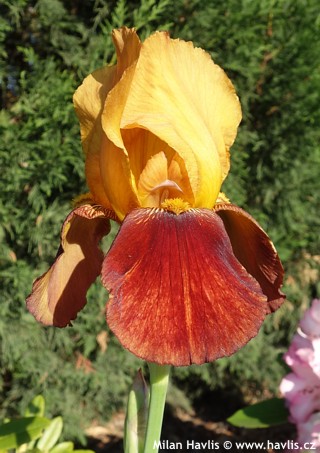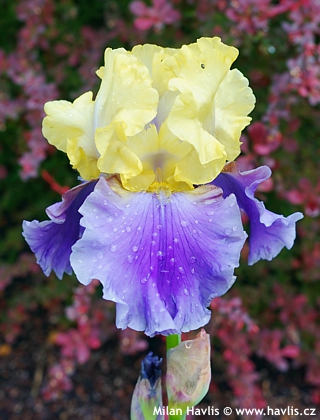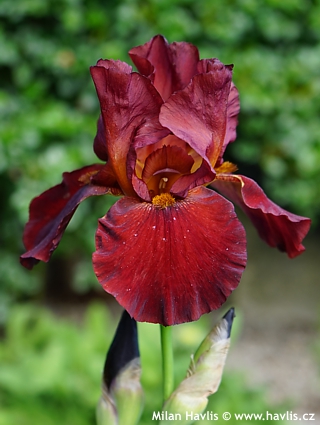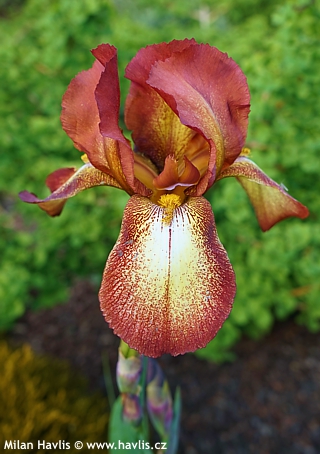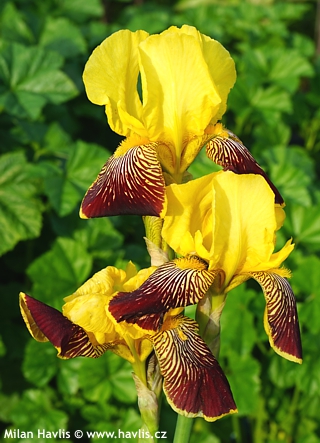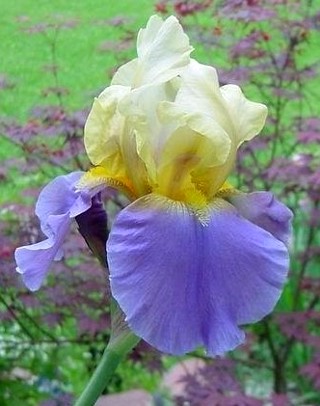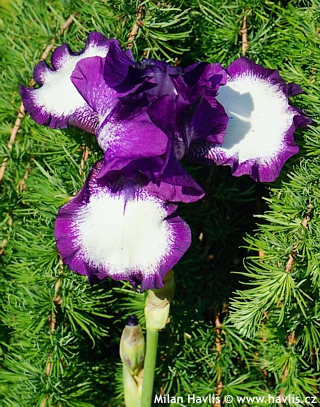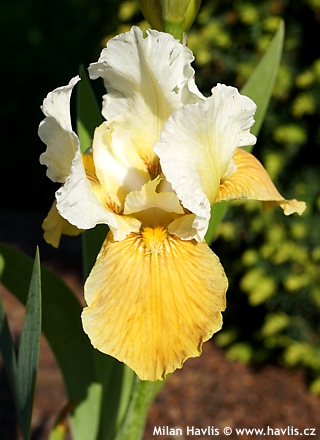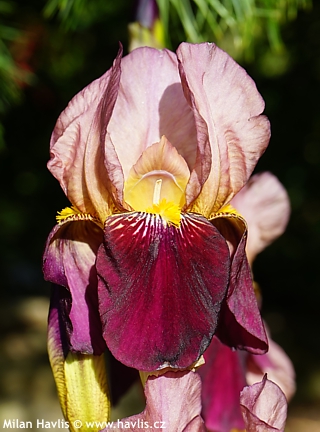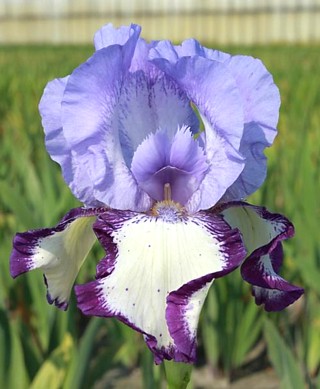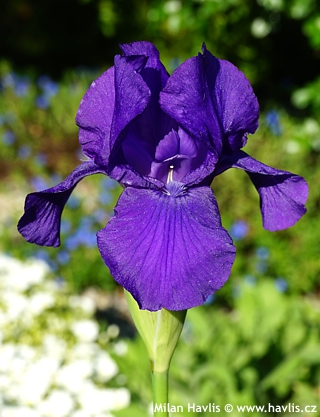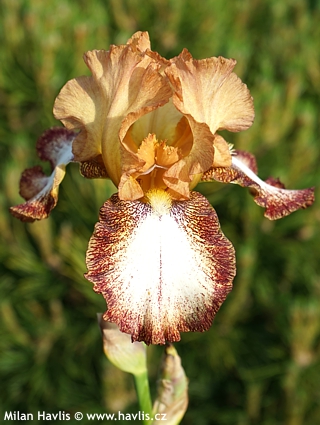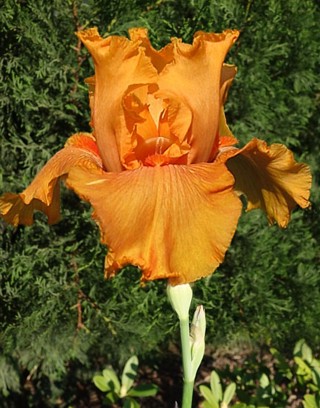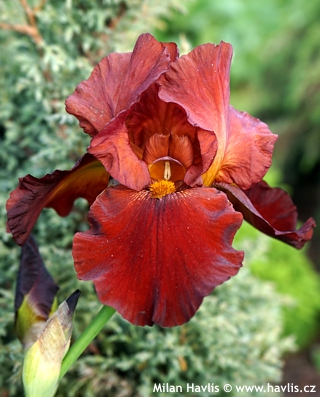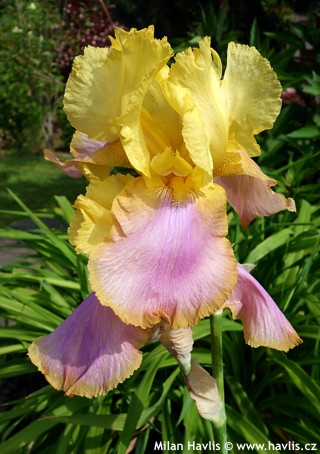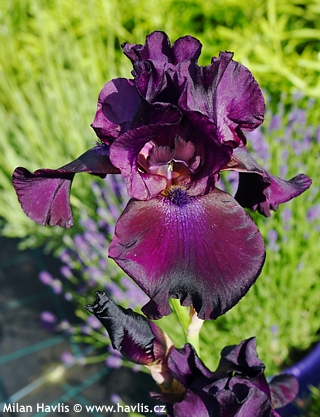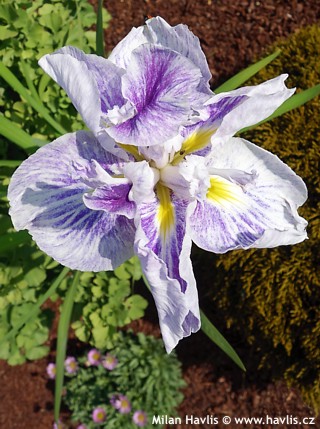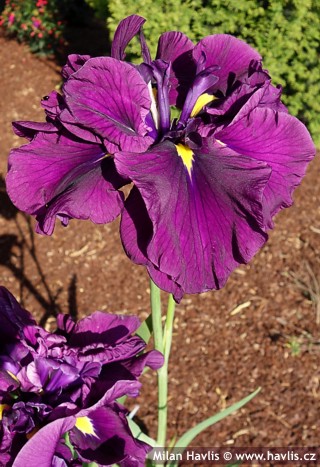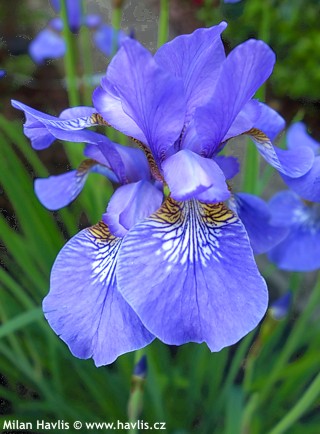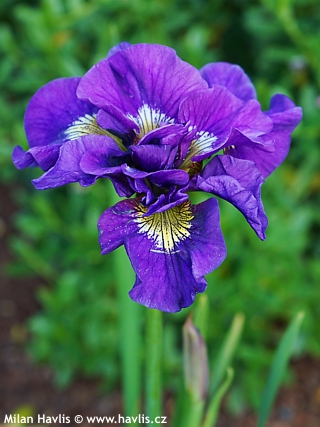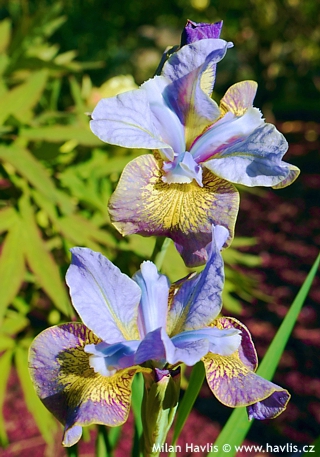CURRENTLY IN STOCK:
Imperata is a relatively small genus that includes only 11 recognized and named species (as of 2022). It is a paradox that regardless of the low number of species it has so many common names, in English there are at least 13 of them. Its home is S.E. Asia, Micronesia, Australia, Africa and southern ...

0,4 - 0,6m

0,2 - 0,3m

full to partial sun

5 (down to -29°C)

for zone 5+6

for zone 7
Reginald Cory is an award-winning indigo variety named after the man of the same name, Reginald Radcliffe Cory (1871-1934), who was one of the eight sponsors of an important collecting expedition to China between 1917-1920 and who, although an amateur gardener, helped build a significant garden comp ...

VI - IX

1,5 - 2m

1 - 1,5m

full sun

5 (down to -29°C)

for zone 5+6

for zone 7
Indigo is a genus of over 700 species from various habitats. The African species indigofera tinctorial was historically the first source of blue dye before lapis lazuli was discovered. Chinese indigo – Kirilow’s indigo comes from Korea, north China and South Japan.
Kirilow’s indig ...

VI - VIII

0,5 - 0,8m

0,5 - 1,3m

full sun

5 (down to -29°C)

for zone 5+6

for zone 7
If you want to stay immortal in the world of botany publish a book, best choice is an encyclopaedia, or name a variety of yours by that name: Immortality. This bearded iris produces large, fragrant, pure white flowers atop 70-80 cm tall stems. First from mid May until early June, and then again in l ...

V - VI

0,7 - 0,8m

full sun

3 (down to -40°C)

for zone 5+6

for zone 7
Henry’s Garnet is a valued variety of sweetspire that received AGM (Award of Garden Merit) from the English Royal Horticultural Society. It is a selection with exceptional autumn colour and was first noticed by the American botanist Michael Dirr when he found it growing in the gardens of the U ...

VI - VII

1 - 1,5m

1 - 1,5m

full to partial sun

5 (down to -29°C)

for zone 5+6

for zone 7

































